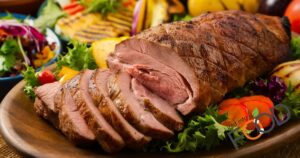Bongcaric acid is a highly toxic inhalation toxin produced by the bacterium Burkholderia gladioli pathovar cocovenenans in fermented coconut or corn products.
It is a colorless, odorless, and heat-stable tricarboxylic acid that inhibits ADP/ATP translocase in mitochondria, leading to symptoms such as vomiting, diarrhea, abdominal pain, and even death after consumption of contaminated foods.
leads to The toxin primarily targeting the liver, brain, and kidneys, causing severe organ damage. Outbreaks of bong crack acid poisoning have been reported in countries such as Indonesia, China, and Mozambique, with fatality rates ranging from 30% to 100%.
The toxin is particularly dangerous, with small amounts considered fatal, and no known antidote. Proper food preparation and storage practices are critical to preventing bongcreic acid poisoning, especially in foods such as black fungus and fermented coconut or corn products.
Symptoms of bongcreic acid poisoning include gastrointestinal and neurological problems, and severe cases can lead to multiple organ failure. Treatment of this type of poisoning is limited to supportive care due to the lack of specific antidotes.
What Is The Function Of Bongkrekic Acid?
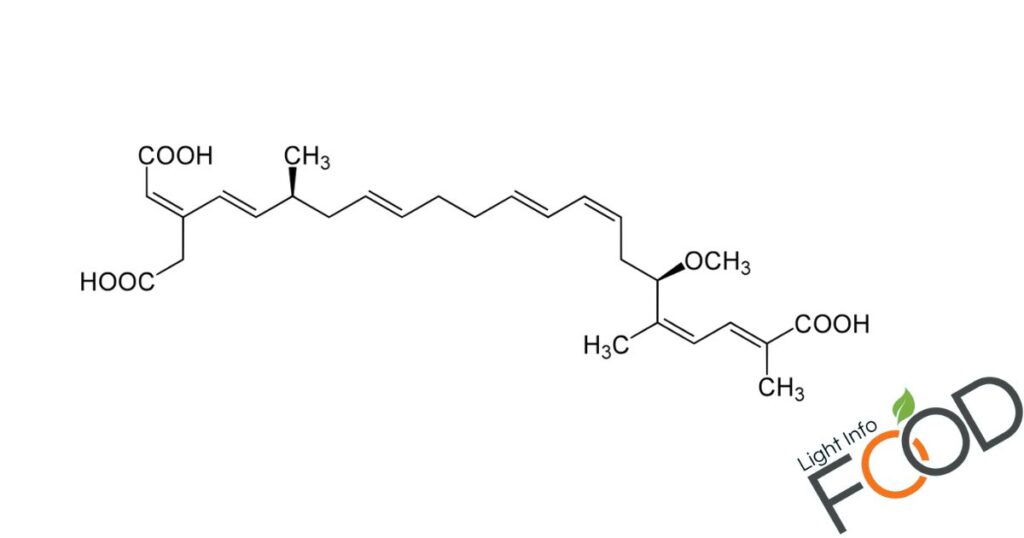
Bongkrekic acid is a toxin produced in fermented coconut or corn by a bacterium. It inhibits the ADP/ATP translocase in mitochondria, preventing ATP from leaving. This disruption affects the energy supply to cells, leading to poisoning symptoms like vomiting and abdominal pain. Bongkrekic acid’s function is to interfere with the energy transfer process in cells, causing severe health issues when consumed.
What Are The Neurological Symptoms Of Food Poisoning?
Neurological symptoms of food poisoning can include blurred vision, headache, paralysis, and tingling or numbness of the skin. These symptoms may indicate a more severe form of food poisoning and should prompt immediate medical attention.
If you experience any of these neurological symptoms after consuming food, seek medical help promptly to ensure proper evaluation and treatment. Remember, neurological symptoms like these can be serious and require timely intervention for your well-being.
What Are The Symptoms Of Noodle Poisoning?
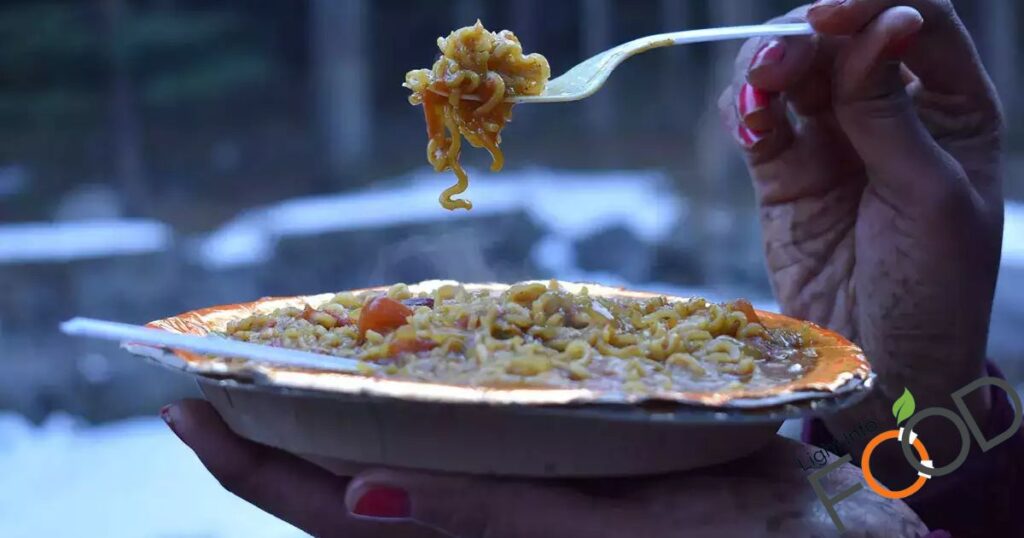
When someone gets sick from eating contaminated noodles, they may experience symptoms like stomach pain, vomiting, and diarrhea. These symptoms can appear within hours of eating the tainted noodles. Noodle poisoning can lead to dehydration, weakness, and aching muscles. Seeking medical attention is crucial if you develop these symptoms after consuming noodles.
How Long Does Prawn Food Poisoning Last?
Prawn food poisoning typically lasts for about 12 to 48 hours in healthy individuals. The duration can vary based on the severity of symptoms and individual immune responses. Most cases of food poisoning from prawns resolve within a few days.
It is essential to stay hydrated and seek medical attention if symptoms persist. Remember to follow proper food safety guidelines to prevent foodborne illnesses.
A Foodborne Bongkrekic Acid Poisoning Incident Heilongjiang Province, 2020
In October 2020, a tragic incident occurred in Heilongjiang Province, China. Nine individuals from the same family lost their lives after consuming homemade corn noodles. The noodles were contaminated with bongkrekic acid, a heat-stable toxin produced by Burkholderia cocovenenans.
This toxin, once ingested, led to severe symptoms like abdominal pain, vomiting, and in severe cases, even death. The incident highlighted the dangers of foodborne poisoning and the importance of food safety measures to prevent such tragedies.
Tests On Deceased In Taipei Food Poisoning Case Finds Bongkrekic Acid
In the Taipei food poisoning case, tests on the deceased revealed Bongkrekic acid, a deadly toxin. This toxin affects the liver, kidneys, and brain, leading to symptoms like nausea, vomiting, and diarrhea.
Death can occur within 20 hours of exposure to Bongkrekic acid. The presence of this rare toxin in Taiwan marks a significant discovery in the investigation.
Keelung, Yilan, Hualien Stop Using Flat Rice Noodles In School Lunches
Keelung, Yilan, and Hualien have decided to stop using flat rice noodles in school lunches. This change aims to offer more diverse and nutritious meal options for students.
By eliminating flat rice noodles, schools can introduce healthier alternatives like whole grain noodles or vegetable-based dishes. This shift reflects a commitment to promoting balanced diets and enhancing the overall quality of school meals in these regions.
Owner Of Restaurant Chain At Center Of Food Poisoning Outbreak Apologizes
The owner of the restaurant chain deeply apologizes for the food poisoning outbreak. They express sincere regret for any harm caused. Steps are being taken to address and rectify the situation swiftly. Customers’ health and safety remain the top priority.
Perschke’s Big Red Ball Begins Tainan Tour At Historic Temple
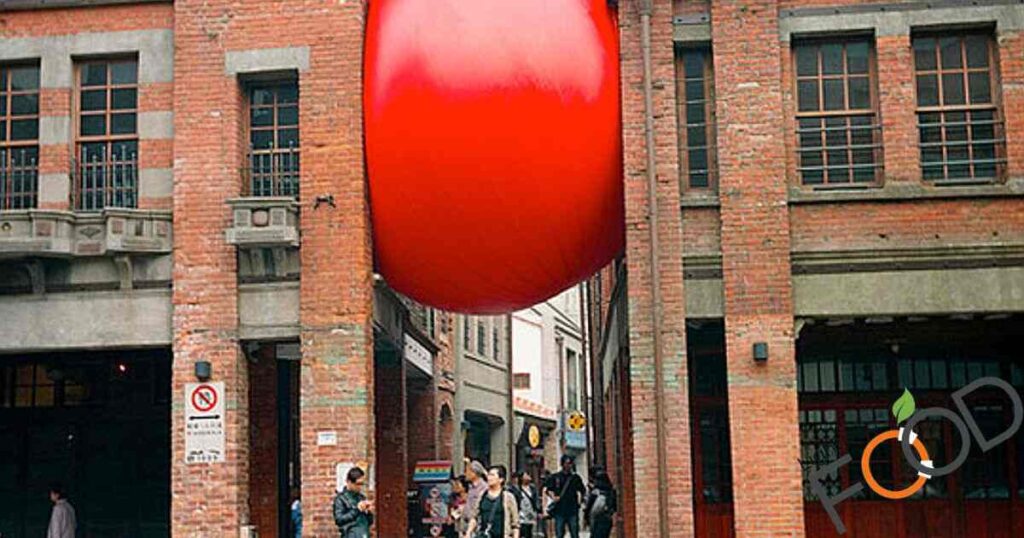
Perschke’s Big Red Ball has started its tour in Tainan at a historic temple. The vibrant red ball brings a unique artistic touch to the city. This eye-catching installation is set to captivate visitors during their stay. Don’t miss the chance to experience this creative spectacle in Tainan!
Approaching Weather Front To Bring Wet Weather To Northern Taiwan
An approaching weather front is heading toward Northern Taiwan. This front will bring wet weather to the region. Residents should prepare for rain and possible thunderstorms. Stay updated on weather forecasts for Northern Taiwan.
Bongkrekic Acid Found In 8 Food Poisoning Cases; None In Food Samples
Bongkrekic acid was found in 8 food poisoning cases, with all individuals designated as “severe cases” testing positive for the toxin. Unfortunately, two of the cases resulted in death, five are in intensive care, and one is in a general ward.
The outbreak stemmed from the Xinyi branch of the Malaysian restaurant chain Polam Kopitiam in Taipei, where 21 people reported falling ill after dining between March 19 and March 24. Notably, none of the food samples tested positive for Bongkrekic acid.
This incident highlights the severity of foodborne illnesses caused by toxins like Bongkrekic acid, emphasizing the importance of food loin safety measures and thorough investigations to prevent such outbreaks in the future.
Bongkrekic Acid Suspected Poison Source
Bongkrekic acid, a deadly toxin, was found in victims of a recent food poisoning outbreak in Taipei. This rare toxin can lead to liver, kidney, and brain damage, with a mortality rate exceeding 40%.
Symptoms include nausea, vomiting, and diarrhea, and there is no specific antidote for this toxin. Treatment involves supportive care, and the source of contamination is under investigation.
Bongkrekic Acid Poisoning Symptoms
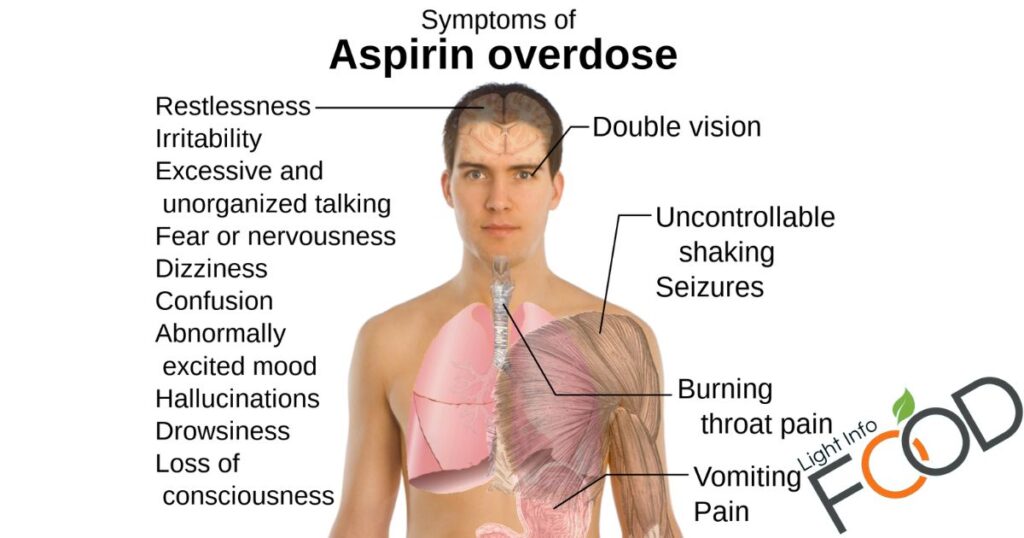
Bongkrekic acid poisoning symptoms can be severe and include dizziness, vomiting, abdominal pain, and excessive sweating. This toxin, found in fermented foods, can lead to urinary retention, diarrhea, and even death.
Symptoms like limb soreness and rapid organ failure can occur within hours of ingestion. Immediate medical attention is crucial if bongkrekic acid poisoning is suspected.
Bongkrekic Acid How To Avoid
To avoid Bongkrekic acid poisoning, steer clear of fermented foods like wet rice noodles and press cake. These foods can harbor the dangerous toxin. Be cautious when consuming locally brewed alcohol as well.
Prevention is key since there is no antidote for this type of poisoning. Stay safe by being mindful of what you eat and opting for non-fermented alternatives.
Bongkrekic Acid Poisoning Treatment
Bongkrekic acid poisoning treatment involves supportive care in a hospital. There is no specific antidote for this type of poisoning. Patients may require intensive care unit treatment. Removing toxins and providing symptomatic support is key in managing bongkrekic acid poisoning.
Bongkrekic Acid Mitochondria
Bongkrekic acid is a toxin that affects mitochondria. It inhibits adenine nucleotide translocase (ANT). This toxin is produced by the bacterium Burkholderia gladioli pathovar cocovenenans. It has been linked to outbreaks of foodborne illness. Bongkrekic acid’s mechanism of toxicity differs from other mitochondrial toxins.
Bongkrekic Acid Black Fungus
Bongkrekic acid, a deadly toxin, can be found in black fungus if improperly soaked. It is produced by the bacterium Burkholderia cocovenenans, thriving in soil and plants. Symptoms of poisoning include abdominal pain, vomiting, and in severe cases, liver damage or death.
To prevent poisoning, refrigerate black fungus if soaking overnight is necessary and ensure thorough cleaning of utensils and surfaces used in food preparation.
3-Nitropropionic Acid
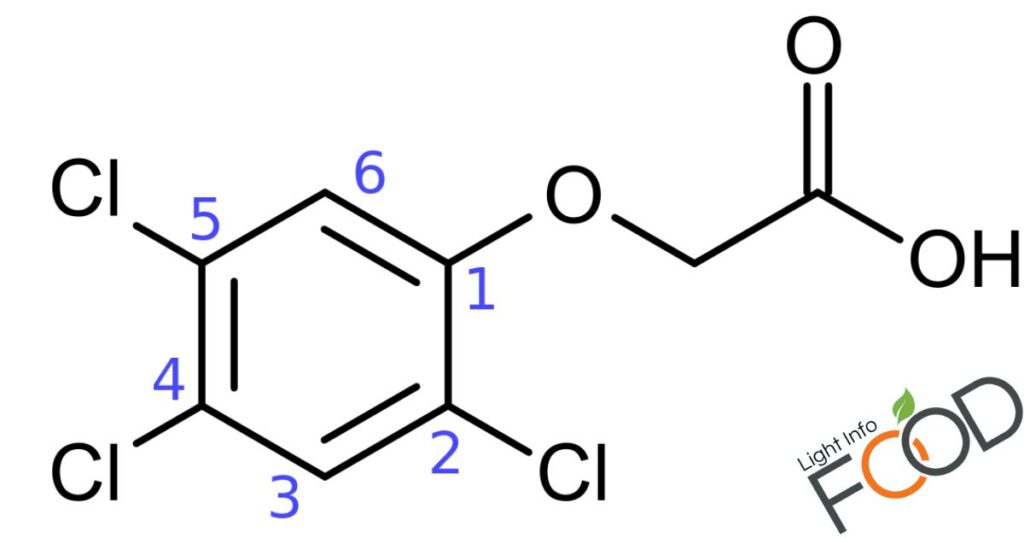
3-Nitropropionic Acid, a toxin, mimics Huntington’s disease symptoms in animals. It inhibits succinate dehydrogenase, affecting mitochondrial function.
Research shows it induces neurodegeneration similar to HD. This compound is a valuable tool for studying neurodegenerative disorders.
FAQ’s
What Are The Symptoms Of Bongkrekic Acid Poisoning?
Bongkrekic acid poisoning symptoms include abdominal pain, vomiting, and dizziness. Severe cases may lead to liver issues, excessive sweating, and even death.
How Is Bongkrekic Acid Produced In Food?
Bongkrekic acid is produced in fermented coconut or corn contaminated by the bacterium Burkholderia gladioli pathovar cocovenenans.
This deadly toxin thrives in warm environments and can cause severe poisoning when consumed through contaminated foods.
What Is The Treatment For Bongkrekic Acid Poisoning?
The treatment for Bongkrekic acid poisoning focuses on stopping further exposure, removing unabsorbed toxins, and providing supportive care to manage symptoms. Specific antidotes are not available, making prompt medical attention crucial to reduce the severe effects of the toxin.
Conclusion
Bongkrekic acid is a lethal toxin found in fermented foods like wet noodles and press cakes from China, Indonesia, and Mozambique. It attacks mitochondria, leading to severe health issues such as liver failure, kidney damage, and even death. There is no safe level of exposure to this poison, and symptoms can range from gastrointestinal discomfort to organ failure, with mortality rates as high as 100%.
Preventing bongkrekic acid poisoning involves avoiding the consumption of fermented foods, as the poison is tasteless and odorless, making it hard to detect. Cases of poisoning have been linked to various fermented products, with traditional foods like tempe Bangkok in Indonesia causing numerous fatalities. Treatment for bongkrekic acid poisoning is mainly supportive care in a hospital setting, with no specific antidote available.





